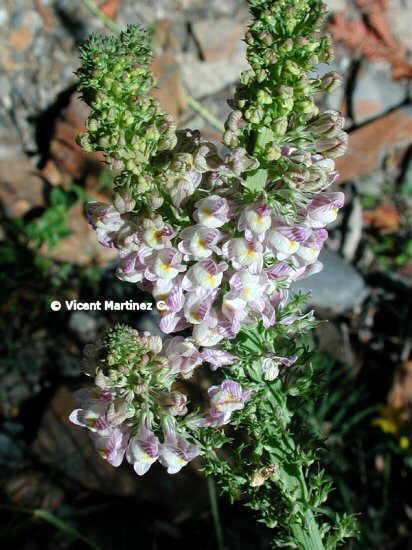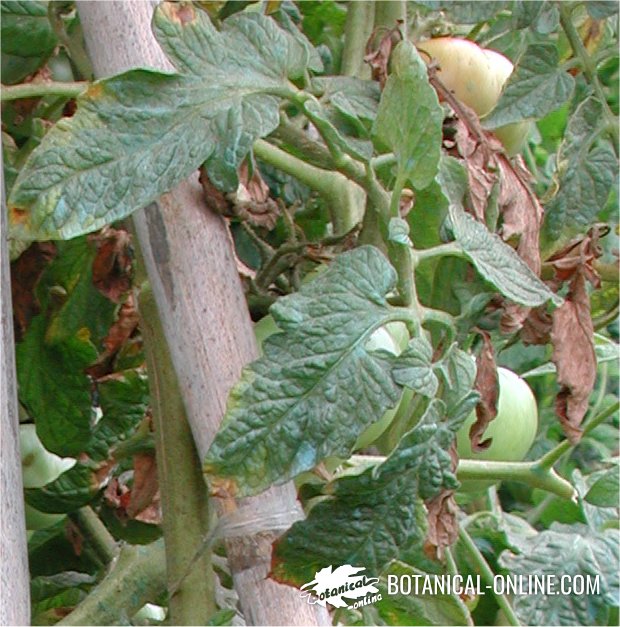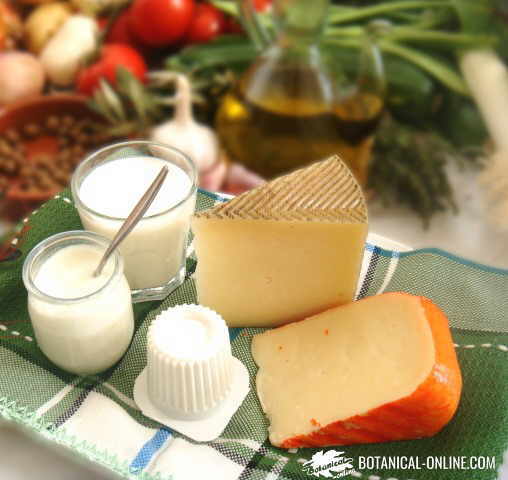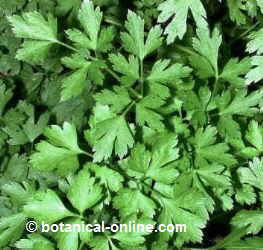Contents
What is a key lime plant?
Characteristics of key limes (Citrus × aurantiifolia)
Common English name: Key lime, Mexican lime, West Indian lime
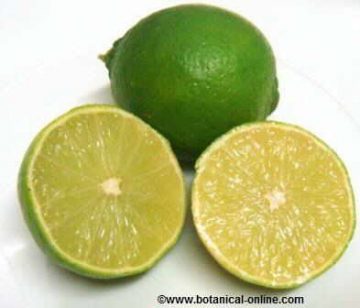
Scientific name: Citrus aurantifolia Swingle
Synonyms: Citrus × acida Pers., Citrus lima Lunan, Limonia × aurantiifolia Christm, Citrus × excelsa Wester
*See: Key lime in other languages
Family: Rutaceae – citrus family
Habitat. Where does key lime grow?
Key limes grow feral in Himalayan valleys and it is cultivated up to 1,200 m.
It is cultivated in tropical and subtropical areas of the world.
Key lime description
Small evergreen tree that can reach up to 4m. tall.
The trunk is much branched, the branches are thin and have spines in the axils.
Leaves alternate, simple, entire, oblong-ovate and glabrous, very aromatic.
Flowers solitary or in axillary corymbs, hermaphrodites, or white petals with purple tones and very fragrant.
Fruits are fleshy berries of size and shape similar to that of a lemon, with bright green skin that turns yellow when ripe. The skin is smooth and rough, with thinner skin compared to other citrus such as oranges or lemons. The flesh is juicy, sweet and very acidic.
Origin and history of key limes
Key lime is a plant native to Southeast Asia, in the Indo-Malaya.
This plant was introduced into Asia and Egypt by the merchants of the Middle East in the tenth century.
From Saudi Arabia, it came to Africa and reached Europe through the invasions of Spain, in the thirteenth century.
Christopher Columbus brought limes to America on his second voyage to the continent.
Key lime was introduced in the Caribbean and Mexico by the Spanish, and it is known, by a report from the time, it was grown in Haiti in 1520. The plant is easily naturalized in these regions, where it still continues to be cultivated.
Key lime came to America in the sixteenth century, when Spanish conquerors introduced it in Florida.
Currently the main producers of limes are Brazil, Mexico, the Caribbean, India and the United States.
Key lime composition
The main components of Mexican lime are:
- Carbohydrates
- Protein
- Fiber
- Vitamins: Vitamin C, Vitamin A(betacarotene)
- Organic acids: citric, malic, oxalic, quinic, malonic.
- Essential oil (leaves and fruits): limonene, myrcene, alpha and beta pinene, pcymene, sabinene, terpinene gamma, terpinolene, cineol, citronellal.
- Minerals: calcium, potassium
- Flavonoids: narnigenina, hesperidin, xanthophylls
- Coumarins: bergapten, limetina
![]() More information on lime
More information on lime


